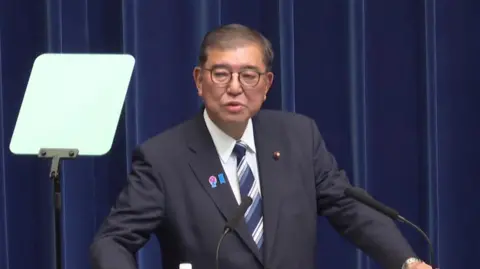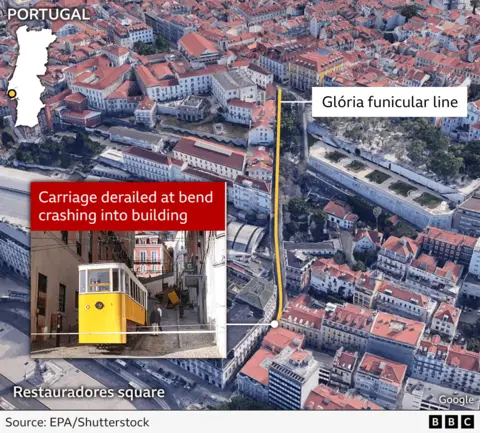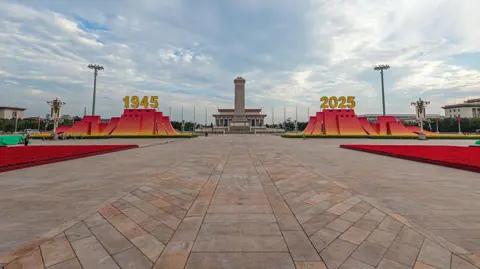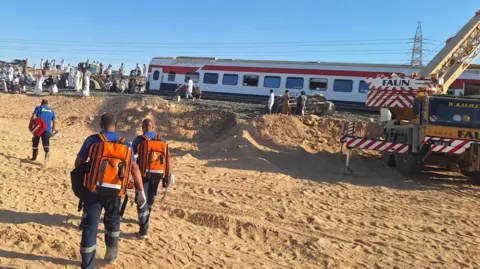In an extraordinary geological event, the Tokara Islands, a remote archipelago in southwestern Japan, have experienced an alarming surge of seismic activity, with over 800 tremors recorded in less than two weeks. The notable increase includes a powerful 5.6-magnitude earthquake that struck on the afternoon of June 28, according to the U.S. Geological Survey.
The Japan Meteorological Agency has documented a staggering total of 870 quakes since June 21, all registering a minimum of 1.5 on its seismic intensity scale, indicating that they are strong enough to be felt by the few residents living there. Notably, earthquakes exceeding a magnitude of 5.0 pose a risk of displacing heavy furniture and creating other hazards.
The relentless shaking, which has startled the islanders, is particularly unusual for a region accustomed to seismic activity, affecting around 600 residents. The Tokara Islands comprise a chain of 12 islands situated between Japan's main island and Okinawa, with some formed from ancient volcanic eruptions that attract visitors due to their natural hot springs.
Authorities have yet to provide a definitive explanation for the recent uptick in seismic events. Nevertheless, history suggests that clusters of minor tremors can precede the formation of new volcanic landforms. For example, a new island emerged near Iwo Jima in 2023 following an extended undersea volcanic eruption.
Emergency response capabilities in the Tokara Islands are challenged by the area's remoteness; helicopters often transport assistance, as it can take more than six hours by ferry to reach Nakanoshima, the largest island in the chain.
Local media reports that residents, particularly on Akusekijima Island, have reported sleep disturbances due to the ongoing tremors. While the Japan Meteorological Agency has assured the population that there is no immediate risk of tsunamis, it has cautioned against potential dangers arising from landslides and falling rocks.




















